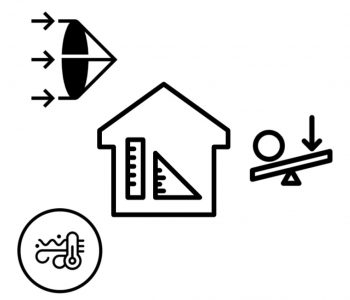
Q: So I am majoring in architecture and I am very curious about the role of physics in architecture in general. I know physics broadens our understanding of how objects work together but I am wondering if there are any aspects of physics that we are learning that might relate to architecture? I was thinking that maybe thermal energy and the transfers of energy could be a topic that relates to buildings but I just don’t know exactly what aspects of our class, if any, relate to architecture and whether or not I can use any of these tools in my future.
A: In general, Physics helps Architects understand how different objects work and affect each other when they are put together. Besides Thermodynamics (Heat/Thermal Energy), Mechanics (Forces/Motion/Energy) and Optics (Light) in Physics are quite useful for Architects. Forces, like normal, friction and tension, are usually considered in an Architecture work. I believe making use of light properly is an important area of Architecture. It would be better for Architects to know what reflection, refraction, and dispersion of light are, for example.
